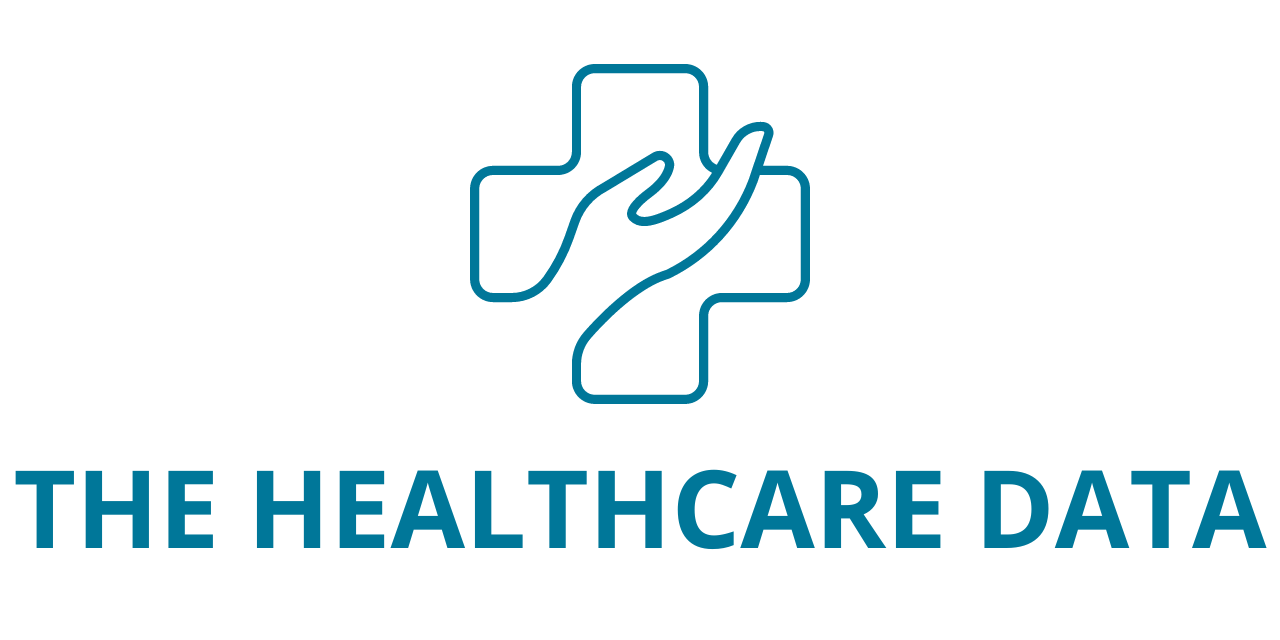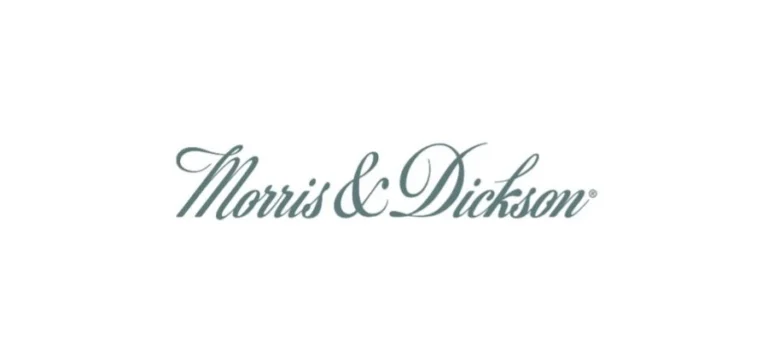AbbVie (NYSE: ABBV) today announced that its Phase 2b study evaluating upadacitinib (RINVOQ®) in adults with non-segmental vitiligo (NSV) met the primary endpoint of percent change from baseline in the Facial Vitiligo Area Scoring Index (F-VASI) at week 24 with the 11 mg and 22 mg doses versus placebo.1 The percent reduction from baseline in F-VASI at week 52 was numerically greater than results at week 24 for all upadacitinib doses.2 No new safety signals were identified beyond the known safety profile for upadacitinib. Based on these data, AbbVie is advancing its clinical program of upadacitinib in vitiligo to Phase 3.
“There is a high unmet need in vitiligo, with no systemic treatment options approved, leaving patients frustrated in seeking options for re-pigmentation of the skin,” said Roopal Thakkar, M.D., senior vice president, development and regulatory affairs and chief medical officer, AbbVie. “We will continue to apply our significant experience in advancing research and driving innovation in treatments for immune-mediated diseases, including underserved diseases with high burden on patients, such as vitiligo.”
At week 24, upadacitinib achieved the primary endpoint of percent change from baseline (%CFB) in F-VASI with 11 mg and 22 mg doses versus placebo. F-VASI is a tool that measures re-pigmentation of the face and is used to assess the extent of re-pigmentation and treatment response in clinical trials.3 Higher response rates were also observed with upadacitinib versus placebo in secondary endpoints, including F-VASI 75 (≥75% reduction from baseline in F-VASI) at week 24 with the 11 mg and 22 mg doses and Total Vitiligo Area Scoring Index (T-VASI) 50 (≥50% reduction from baseline in T-VASI) at Week 24 with the 22 mg dose.
The mean percent reduction from baseline in F-VASI was numerically greater at week 52 than results at week 24 for all upadacitinib dose groups.2 In addition, response rates observed for F-VASI 75 and T-VASI 50 at week 52 were numerically greater than those at week 24 for all upadacitinib dose groups.2
| Week 24 Data (Intent-to-Treat Population, MMRM/NRI-MI) a,b | ||||
| UPA 6 mg(N=49) | UPA 11 mg(N=47) | UPA 22 mg(N=43) | PBO(N=46) | |
| Percent CFB in F-VASIDiff vs PBO (p-value) | -22.0-7.6 (p=0.304) | -35.6-21.3 (p=0.005) | -34.0-19.6 (p=0.013) | -14.4 |
| F-VASI 75 (%)Diff vs PBO (p-value) | 8.26.9 (p=0.100) | 19.117.8 (p=0.002) | 14.011.7 (p=0.026) | 2.2 |
| T-VASI 50 (%)Diff vs PBO (p-value) | 6.13.7 (p=0.340) | 6.43.8 (p=0.358) | 11.69.1 (p=0.027) | 2.2 |
| Week 52 Data (Intent-to-Treat Population, MMRM/NRI-MI) a,c | ||||
| Percent CFB in F-VASI | -52.3 | -62.8 | -59.2 | N/A |
| F-VASI 75 (%) | 28.6 | 51.1 | 25.6 | N/A |
| T-VASI 50 (%) | 24.5 | 31.9 | 27.9 | N/A |
| [a] Binary endpoints at Week 24 are analyzed using Cochrane-Mantel-Haenszel test. Missing data are handled by non-responder imputation [NRI] incorporating multiple imputation [MI] (NRI-MI) to handle missing data due to COVID-19. Results for continuous endpoints are based on a mixed-effects model for repeated measures (MMRM). |
| [b] All p-values for upadacitinib versus placebo are nominal. All statistical tests were performed at a 2-sided statistical significance level of 0.1. No overall type I error control was applied in this Phase 2 study. |
| [c] Table above features full 52-week data, which will be presented at an upcoming medical meeting. |
Among patients who continued upadacitinib treatment through week 52, %CFB in F-VASI and response rates for F-VASI 75 and T-VASI 50 were as follows:
| Week 52 Data (As Observed) a | |||
| UPA 6 mg(N=38) | UPA 11 mg(N=38) | UPA 22 mg(N=29) | |
| Percent CFB in F-VASI | -52.7 | -64.8 | -60.8 |
| F-VASI 75 (%) | 36.8 | 63.2 | 37.9 |
| T-VASI 50 (%) | 31.6 | 39.5 | 41.4 |
| [a] Table above features full 52-week data, which will be presented at an upcoming medical meeting. |
“Vitiligo impacts millions of people globally, and there is no cure. The disease can have a great impact on patients’ physical and mental health, as depigmentation of the skin can be severe,” said Thierry Passeron, M.D., Ph.D., professor and chair, Department of Dermatology, Université Côte d’Azur. “In vitiligo, it can take time to see optimal skin re-pigmentation during treatment, which makes long-term studies critical to providing valuable insights on a treatment’s meaningful impact for patients.”
No new safety signals were observed beyond the known safety profile for upadacitinib.1,2 Treatment-emergent adverse event (TEAE) rates were generally similar with upadacitinib and placebo in period 1 (most common TEAEs: COVID-19, acne, headache, and nasopharyngitis). Numerically higher rates of serious TEAEs and TEAEs leading to study drug discontinuation were observed in the upadacitinib 22 mg group versus the other groups. One death adjudicated as undetermined/unknown cause and deemed by the investigator to have no reasonable possibility of being related to study drug occurred in the upadacitinib 22 mg group (period 1). One adjudicated event of nonfatal ischemic stroke occurred with upadacitinib 11 mg (period 2) in a patient with known cardiovascular risk factors. One event of malignancy (breast cancer) occurred with upadacitinib 11 mg (period 2) in a patient with positive family history of breast cancer. Throughout the study, a single event of serious infection (COVID-19 pneumonia) was reported in the upadacitinib 22 mg group. There were no adjudicated events of venous thromboembolism, gastrointestinal perforation, or active tuberculosis.2 The use of upadacitinib in vitiligo is not approved and its safety and efficacy have not been evaluated by regulatory authorities.
Vitiligo is a chronic, immune condition that affects up to 2% of the global population.4 The disease is unique to each patient, where white patches of depigmentation develop on the skin, most often around the mouth and eyes, fingers and wrists, armpits and groin.5 The most bothersome patches appear on the face, which makes F-VASI a key measure of clinical improvement in vitiligo for patients and dermatologists.3 NSV is the most common form of vitiligo – affecting approximately eight in 10 people with vitiligo6 – in which patches appear on both sides of the body symmetrically, and may spread over time.5 People with vitiligo can also experience an emotional and psychological burden that can impact their quality of life.4
The 24-week data in this release and partial 52-week data are being presented as an oral presentation during the European Academy of Dermatology and Venerology (EADV) Congress in Berlin, Germany, on October 12, 2023. The partial 52-week data is based on the data cutoff date of January 13, 2023. Approximately 58% of patients had an opportunity to reach 52-week at that time. The full 52-week data in this release will be presented at an upcoming medical meeting.
Source link : https://news.abbvie.com/





